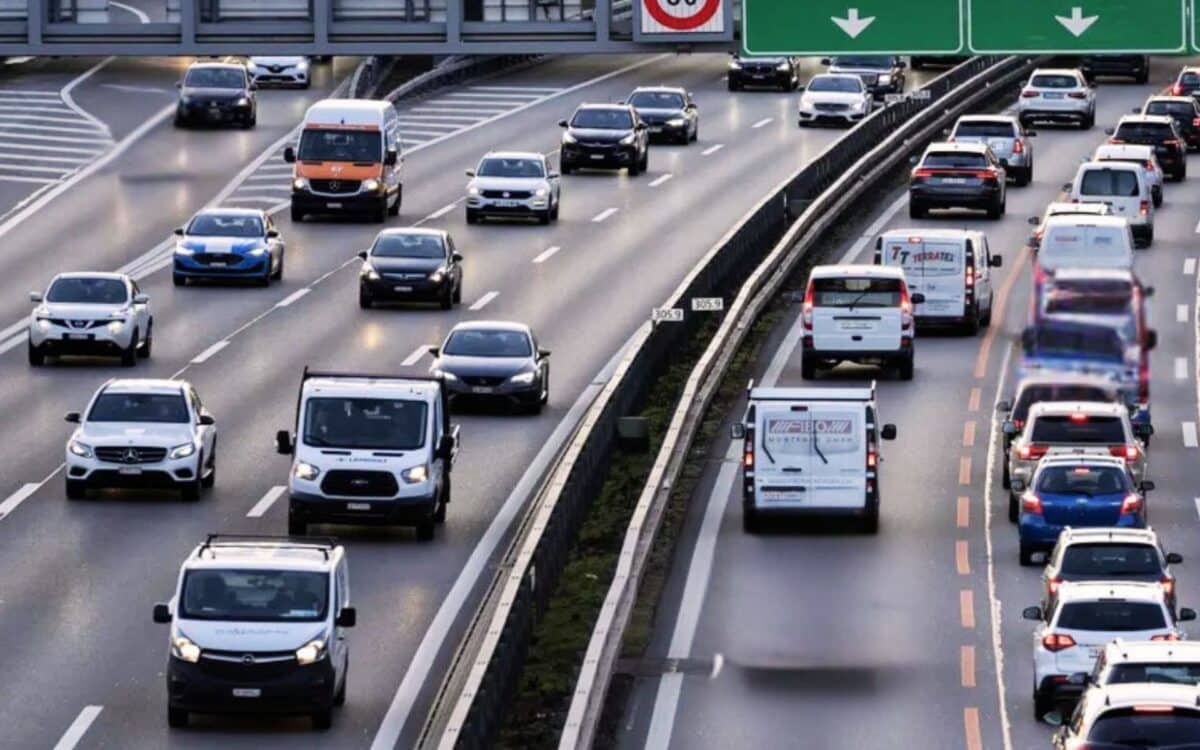As of Monday 31 March 2025, new speed limits have come into legal effect across several key routes in West Sussex, including sections of the M23 and A23. The changes, implemented by National Highways, aim to improve safety in areas identified as having above-average collision rates. According to Birmingham Live, these adjustments are now fully enforceable, following the installation of updated signage and completion of supporting infrastructure works.
Locations Affected by the Speed Limit Reductions
Drivers using roads around Hooley village and M23 junction 7 will now encounter significantly lower speed limits than previously in place. The stretch of the A23 Brighton Road that runs through Hooley has been reduced from 40mph to 30mph in both directions, bringing it in line with the village’s residential character. The northbound exit slip road at junction 7 of the M23 has had its speed limit reduced from 70mph to 50mph, reflecting its proximity to built-up zones and frequent merging traffic. Meanwhile, the section of the A23 London Road North, running between junction 7 and Hooley, has been revised from 50mph to 40mph. Additional changes apply between Dean Lane and Netherne Drive, where the limit has been cut from 40mph to 30mph.
These changes are now fully operational and enforceable as of 12:01am on 31 March 2025, with new speed signs clearly displayed throughout the affected areas.
Reasons Behind the Changes
The decision to lower speed limits in this part of West Sussex stems from collision data gathered over the past five years. This evidence revealed a disproportionately high number of road traffic incidents, many of which were linked to excessive speeds. Hooley, in particular, has been highlighted by safety officials as an area with persistent accident risks, largely due to its function as a transition point between motorway speeds and village-level traffic flow.
National Highways explained that reducing speeds would help protect both residents and motorists by decreasing the likelihood and severity of collisions. The agency underlined that its overarching goal is to reduce risk and promote smoother, safer travel for everyone using the network.
Supporting Safety Measures Introduced Alongside New Limits
In addition to the speed limit changes, a range of infrastructure upgrades have been introduced to further enhance safety. Traffic lights have been installed at the junctions with Star Lane and Netherne Drive, aimed at managing traffic flow more effectively where previous arrangements had proven inadequate. A red-light enforcement camera was activated last year to deter violations at one of the area’s busiest intersections. Further improvements, including the addition of high-friction surfacing on critical bends and junctions, are planned for later this year. These will be followed by targeted resurfacing works and refreshed road markings to improve visibility and lane discipline.
The combination of speed reductions and physical upgrades forms part of a broader, phased safety strategy being rolled out across the region, with Hooley serving as a high-priority case due to its elevated accident statistics.
Enforcement and Driver Implications
All new limits are now legally enforceable, and drivers found exceeding them face standard penalties under UK traffic law. This includes fixed fines and penalty points, with the possibility of court proceedings for more serious offences. National Highways has stressed that there is no grace period, and drivers are expected to comply with the new limits immediately.
To ensure consistent enforcement, speed monitoring will be carried out using both mobile patrols and automated camera systems. Motorists using these routes are advised to familiarise themselves with the updated signage and adjust their speed accordingly.









